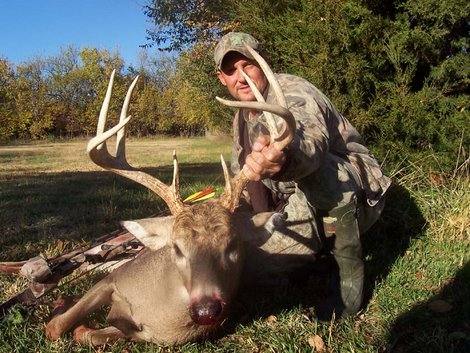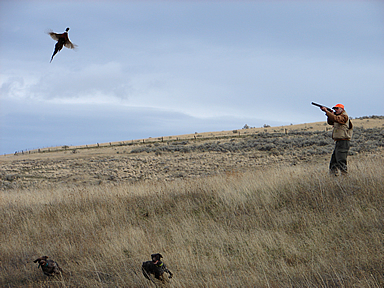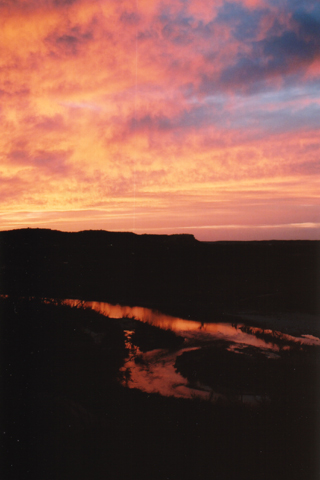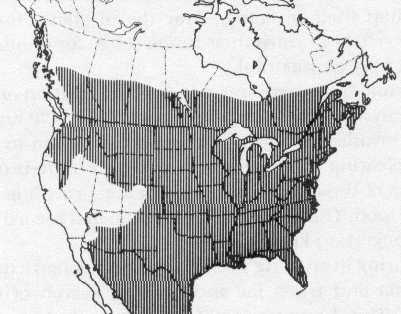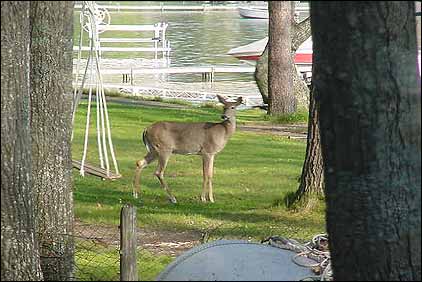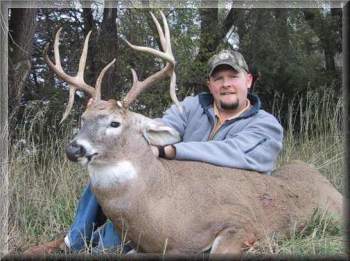
The good news and the bad news about Nebraska’s deer season is that it’s 9-days of rifle hunting smack during the middle of the rut. Good news, because hunting rutting whitetails is a hoot. Bad news, because young bucks experience lots of mortality, many never getting a chance to reach their potential. Couple this with the fact that hunters can each take two bucks (again, a good news / bad news kind of thing), and the bucks get hit really hard each year.
The 2007 Nebraska season appears to have been about average. The weather was warm, the warmest deer hunt I’ve ever been on, but the bucks were in full rut.
I hunted near Ogallala for the last 3 days or so of the season that opened November 10th and ended on the 18th.
The 4×4 I took was very hot on the tail of a doe, chasing her aggressively through the brush. Through a combination of tough luck and being selective (OK, mostly tough luck), I had not tagged a buck for several years, and when I saw he was a 4-point I knew I wanted to take him. Continue reading Big Nebraska Whitetails
